Issue 21a / 7 June 2024
In part one of this week's serving of DIY electronic goodness... Album Of The Week: David Boulter's 'St Ann's' + interview
I’ve been thinking I should take my foot off the newsletter gas a little over the summer, so I’ve had one eye on the upcoming release schedule, looking for a gap. Guess what? There isn’t one. I’ve got Album Of The Week lined up right into July and there’s even a reserve list going just in case. And the thing is, it’s all great stuff. There’s some brilliant releases coming down the pipes, it just doesn’t let up.
Talking of which, this week sees the release of David Boulter’s ‘St Ann’s’, which is one of my favorite albums of the year so far. What I love about David’s work is how personal and intimate it is, and yet there’s not a lyric in sight. We talk about this and so much more in an interview that really doesn’t disappoint. It turns out David is as warm and thoughtful as his music. I hope you enjoy the album and interview as much as I have. It’s exactly the sort of thing Moonbuilding Weekly is for. I hope you agree.
I’ll see you back here at 3.30pm for this week’s release round up.
Happy Friday.
Neil Mason, editor
moonbuildingmag@gmail.com
Issue 21 Playlist: See this afternoon’s mailout
The Moonbuilding tip jar: ko-fi.com/moonbuilding
***ADVERTISE HERE***
Email moonbuildingmag@gmail.com
DAVID BOULTER ‘St Ann’s’ (Clay Pipe)
The old “dancing to architecture” line is starting to look more like a compliment than the insult it was intended as by, well, Frank Zappa, Elvis Costello, Thelonius Monk, Miles Davis, Laurie Anderson, etc (for the full story Wikipedia is quite thorough). Take Warrington-Runcorn New Town Development Plan for example. He’s celebrated the town planning mavericks of the north-west across five albums so far. Coming up on the rails is Tindersticks keyboarder David Boulter who adds to his previous outings ‘Yarmouth’ and ‘Factory’ with ‘St Ann’s’, an album about a Nottingham housing estate. But not any old estate, these are the streets he grew up on.
If you know his solo work, especially the releases on Clay Pipe, you will know that it’s about so much more than bricks and mortar. ‘Yarmouth’ saw him revisit the East Anglian seaside town and trawl up happy memories of sun-drenched family holidays. While the long-form track ‘Factory’ found him recalling Nottingham’s famous lace factories where his mother worked from the age of 15 right up to the 80s when they closed their doors for good. In particular he recalls being too young to be left home alone during school holidays and spending time “sat in a corner with a book and some pencils, watching the big factory in motion”.
Both those records conjure up such evocative images of worlds long since gone, worlds that survive in the people who lived in them. As someone who works in film and TV soundtracks, it should be no surprise that David Boulter can generate such emotive work. While many artists round these parts talk of creating soundtracks to imaginary films, here we have very real soundtracks not to films, but to his life and ‘St Ann’s’ feels like his most personal and affecting release to date.
By the late 1960s, the 19th century Nottingham estate was some of the worst social housing in England. The whole thing, 340 acres, was flattened and 30,000 people including David's family were compulsorily rehoused while the Victorian streets were replaced with a modern estate. David’s family were rehoused on the new estate in 1970. “There were two indoor toilets,” he recalls. “A bathroom with a shiny white ceramic bath that you could fill whenever you wanted. Central heating, and a small garden at the front and back of the house. We had our own shed, and a cherry blossom tree just over the fence.” His memories of the old estate were very black and white, but with this new situation “everything came into colour”.
‘St Ann’s’ reflects that. At the beginning we get the plaintive ‘Cobbles And Slate’, which could be on a Hovis ad, and at the end the breezy ‘Pebble Dash And Green Grass’, the two sides of the ‘St Ann’s’ coin. The album travels through the old estate and into the new world. From the playground songs at the beginning of opener ‘Plantagenet Street In The Morning’ you can feel the warmth. There’s such beauty here – the tentative ‘Ford Street St Mary’s’ where over a shuddery backing a simple piano melody picks its way, the church bell call and lush strings of ‘Along The St Ann’s Road’ and the twinkly ‘Donkey Hill’ with its melodic refrain, weary cello and choral la-la-las.
Like all good soundtracks, the album centres on a gorgeous motif that appears in ‘Plantagenet Street In The Morning’, at the album’s halfway point on ‘Corporation Oaks’ and in closer ‘Pebble Dash And Green Grass’. It’s a gentle, bright guitar melody that is repurposed for each appearance to stunning effect.
There are so many stories contained in the record, of inner cities and their renewal in the 60s and 70s for sure, but most importantly it’s a record full of deeply personal memories. Many of the tracks named after the streets David wandered as he grew up. Most poignantly, having lived there for a lifetime, in late 2022 his mum could no longer live alone in the house. “I spent Christmas packing belongings and emptying it,” recalls David. “The emotions and memories were intense. There was still the same carpet on the stairs that my dad had put down when we’d moved in.”
You can hear all of this in every last note of this beautiful record. With ‘St Ann’s’ David Boulter once again mines a rich seam, one that runs through his body of work and, we hope, will continue to do so as he reveals further installments of the soundtrack to his life.
‘St Ann’s’ is out now on Clay Pipe
DAVID BOULTER
Having created one of the year’s standout releases, the Tindersticks man/soundtrack composer takes time out for a delightful chat about his solo work, his new album,
how he’s writing the soundtrack to his own life, oh, and chamber pots and spiders
Photo: Veronika Boulterova
Interview: Neil Mason
Hello David, how’s things? What are you up to today?
”I’m good. I’m actually working on some new ideas. And something connected to the ‘St Ann’s’ release. Thank you for making it Album Of The Week!”
Our pleasure, it’s such a good record. It always fascinates me how instrumental music can have a subject matter. How does that work for you?
”I suppose music has always been a way for me to express myself. I’ve tried writing stories, maybe building up to a book, but there’s always a point where I think, ‘This would be great with some music’. Maybe it’s some kind of therapy, turning my feelings, memories, into music. I was a soundtrack collector from a young age so perhaps I’m just creating a soundtrack to my life. There’s also a necessity to it I guess. Giving the music a theme, a concept, helps it grow into more than a collection of instrumentals… I tried to sing once, when the singer of my first band quit on the day of a show. I hated it.”
Does being a soundtrack composer help with all this?
“I’ve always made instrumental music. When Tindersticks began a lot of people said our albums were like soundtracks to imaginary movies so it was a natural step into film music. But it can be difficult. It’s a lot easier to soundtrack your own life than someone else’s.”
Tindersticks, soundtracks and solo. Are they three different musical hats? Or the same hat worn in different ways?
“Probably the one hat. One of those conical hats with a D on it. I spend a lot of my time alone. Face to the wall. Trying to do better.”
You seem to have found the perfect home for you solo work on Clay Pipe. How important is that?
”It’s very important. I discovered Frances and Clay Pipe through Plinth’s ‘Music For Smalls Lighthouse’ album. I knew I’d love the music by the artwork. I have a strong sense of images myself, but it’s really nice to make the music and see how Frances interprets it. And I love her ideas and the identity her world creates. I also found Castles In Space around the same time. I did think about making contact, but I was just happy and surprised to find there was a world I felt I could be a part of.”
What led you to want to explore the ideas on ‘Yarmouth’, ‘Factory’ and now ‘St Ann’s’?
”As I said, I do think it’s a kind of therapy in some ways. They say everyone has a book in them, I guess this is my way of recording my life. Leaving a mark. And also putting it in a box and moving on. Nostalgia can be a heavy weight, pulling you back, but it also inspires me to keep going. To keep making something new.”
Your releases aren’t so much about the place itself as the memory of place?
”I’ve reached a certain age where the past is probably bigger than the future. It’s hard not to think about the past. It’s not that I long to go back, but I do feel a warm glow that I just want to capture. Not just the warmth, the cold, bleak moments can be just as inspiring. I’ve always been a bit of a daydreamer and maybe a bit melancholic. I remember feeling sad on my 10th birthday that I’d never be in single figures again. I try not to dwell on the past, but like a cloud it floats by me, and I can’t help looking at it.”
You can feel family keenly in your work. That’s important to you isn’t it?
“People are very important. Maybe I’m more aware of it now. You start to lose people an it’s important to me to keep those people and places alive if only in my music. My biggest regrets are not having certain conversations with certain people. Perhaps this is my way of leaving something behind.”
Talking about ‘Factory’ you said: “This music is inspired by my time sat in that corner of a world now gone”. That’s true of all three albums. They are all corners of a world now gone. Do you miss that world?
“I do miss it. But again, it’s nostalgia. I’m happy with the choices I’ve made, it’s the nature of life to keep moving forward. You can’t expect the world to stand still. It’s great that I can reimagine that world and make it real again.”
‘St Ann’s’ is a tribute to the housing estate you grew up on in Nottingham. It was regarded as some of the worst social housing in England and yet you still have fond memories?
“As a child, I think you accept the world around you more. I didn’t know any different. There was no escape plan. Mum and Dad spoke of winning the pools, but there was no dream. We were all in it together. All in the same two up, two down just getting on with it. I think it’s why people talk about community. We lived in a great community and that had a lot to do with shared experience. St Ann’s in the 70s was a very mixed, the family next door were from Jamaica and as kids we were all in it together. Later, as teenagers, you start to see what the world around you really is. My political views were shaped by those streets, by the way my friends were treated because of their skin colour… My children are exposed to this massive world at their fingertips and it gives them the idea everything is possible. Sometimes too easily. A day trip to London was a massive event for us, but we were always happy to get back home. I guess I do have fond memories.”
How much to you think our environment shapes us?
“Very much. My wife grew up in nature. She loves the sound of birds whistling in the morning. I love nature too, but I still need streets around me. I like to hear traffic and the bustle of the city. Maybe the basic conditions I started life in gave me a better sense of worth. Of being grateful… I’m starting to sound like some old man. The good old days! Which were actually quite grim.”
‘St Ann’s’ feels like your most personal album to date? How do you find sharing aspects of your life in this way?
“I guess everyone would like to leave their mark in some way. I’ve tried writing stories, but I found fiction hard, even if it’s taken from a real event. So the music starts to become autobiographical. My spoken word album, ‘Lovers Walk’, was about a very sad event in my life. I didn’t want to exploit that emotion or loss, but if it feels honest, I’m happy with it.”
Can you remember living in a house with no bathroom and an outside toilet? Seems remarkable that happened in our lifetime doesn’t it?
”I remember very well. Baths weren’t such a concern. We had a tin bath in the yard in summer, in front of the fire in winter. Dad worked for the coal board so had showers everyday. I remember going with Mum to a public bath. The old building became my scout hut later. The outside toilet was a nightmare for me. Freezing cold and dark, there was no light. And it was full of spiders. We still had chamber pots. It was obviously a lot harder on my parents than me.”
The entire place was demolished when you were young and you were rehoused while it was replaced with a Radburn-style estate. Can you explain what that is?
”I guess it’s basically a way of removing the streets. Making a pleasant, green walkway between houses instead of cobbled roads. It’s a nice idea, but it broke that community feeling and eventually became a confusing, impenetrable mess. A lot of crime grew in St Ann’s. Some blame the way it was structured. I’m not so sure. But it didn’t help.”
Seeing an entire estate being demolished must’ve been quite something?
”The house I was born in was getting on for 100 years old when it was knocked down. The old houses disappeared very quickly. I still walked across the estate to school. Seeing it change was exciting. I didn’t see the deeper life just the old buildings turned into rubble. The massive building site became a playground for a while. Quite a dangerous playground!”
You and Warrington-Runcorn New Town Development Plan should have a chat! What is about town planning that’s so fascinating do you think?
”St Ann’s was a massive area. This was the beginning of the 70s and there was an argument that a lot of the houses could have been renovated. St Ann’s is right on the edge of the city centre, which was also changing. We had Victoria Shopping Centre rising in front of our eyes, which seemed like the future. I walked around it dreaming of this ‘Logan’s Run’ kind of world where you never had to go outside. Everything under one roof – housing, shops, cities. It all seemed possible and exciting. The shopping centre was built on the site of the old Victorian train station, which was a beautiful building. I was a painter and decorator when I left school, some of those old buildings are like pieces of art. Beautiful. There seems to be this utopian idea, which if you watch the old films always looks modern, exciting. A new way to live. But they all seemed to have crumbled. Our new house is just over 50 years old now and already seems decrepit to me and the high-rise flats look very old fashioned and quite ugly across the skyline. Is there any of those developments that have lived up to what they promised? But I still have dreams of it all working. I still see a 70s housing development film and think, ‘Wow, I could live there’.”
You moved back to St Ann’s when you were six. Your new house had two toilets, a bathroom AND central heating. That must’ve been like Xmas every day? How long did it take for the novelty to wear off?
“Quite a while. I made new friends, we had a garden to play in, it all seemed very positive for a long time, probably until I was 16 or 17. There was a row of Alms houses at the end of our old street that were untouched. They became student housing in the 80s and a friend lived in one. It brought it all back. I tried to find the spot our old house was on and started to think about the people and places that were gone as well as the way of life we had. There were a lot of buildings left untouched and repurposed. Like the old bath house. A church became a carpet warehouse. The modern assembly hall of our old school, which was demolished, was still there. It’s now a community centre. One of the lace factories was there for a long time, empty, with all its windows smashed.”
There’s lots of street names on the album, these are places that were important to you for various reasons?
”My grandma lived around the corner. Aunts and uncles too. Growing up, I spent most of my free time out on the streets. We had no phone, if you wanted to talk to someone you went round to their house. The streets, the names of streets, were my daily life. You always had to tell your mum roughly where you’d be just in case she needed you. A neighbour’s child would be sent to find you if you didn’t show up.”
There’s ‘Plantagenet Street In The Morning’ and ‘Plantagenet Street In The Afternoon’, but not evening or at night… is that on the remix LP?
“Maybe! That street was my early childhood, the nights are a little less memorable to me. Saying that, my first big memory was at night. I remember being in bed in the darkness, a light shinning through the door, and here was a spider right in front of my eyes on the pillow. I jumped out of bed and ran downstairs in tears. Mum and Dad were watching a Popeye cartoon on TV. I think it was when TV programs sometimes ran early so they’d put a five-minute cartoon on to fill the gap. For a long time I thought cartoons must be on all night.”
You’ve lived in Prague since the late 90s, do you get back to Nottingham much? Does it still feel like home?
“We go back two or three times a year. My mum had to leave our house and go into care. Packing personal belongings and leaving the house how it was the day we arrived, thinking about who would be there next, that was part of the inspiration for the album. I stay in hotels or Airbnbs when I go back, so now I’m a tourist. A lot of my Nottingham has disappeared over the years. I lost touch with friends. Family are no longer around. It’s defiantly not home anymore. But it’s still where I’m from.”
For more David Boulter, visit davidlboulter.com
***ADVERTISE WITH US***
Email moonbuildingmag@gmail.com
A MESSAGE FROM THE MOTHERSHIP
MOONBUILDING ISSUE 4, £5 (+P&P). GRAB YOURS WHILE STOCKS LAST … MOONBUILDING.BANDCAMP.COM
The current issue of MOONBUILDING is full to the gills with the good stuff. On the cover, star-in-the-making Maria Uzor, we profile label-of-the-moment quiet details, there’s an incredible interview with Captain Star creator Steven Appleby, and Ghost Box’s Jim Jupp gets busy with our There’s A First Time For Everything questions.
We review a big pile of releases from labels including Castles In Space, Woodford Halse, Persistence Of Sound, Assai, Ahora, DiN, Werra Foxma, Ghost Box and many more. There’s a column from The Orb’s Alex Paterson and the world-famous Captain Star cartoon strip.
This issue’s CD is ‘The Moonbuilding Miscellany – Volume One’, which is put together by CiS supremo Colin Morrison. It’s a belter featuring tracks from the likes of Lo Five, Lone Bison, Twilight Sequence, Ojn, NCHX and more.
Moonbuilding Weekly is a Castles In Space publication.
Copyright © 2024 Moonbuilding

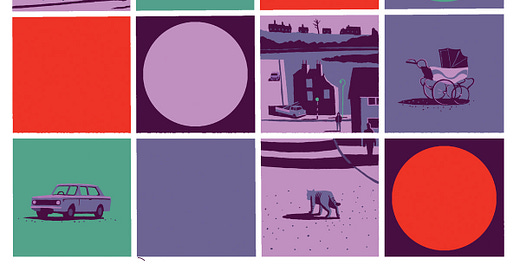



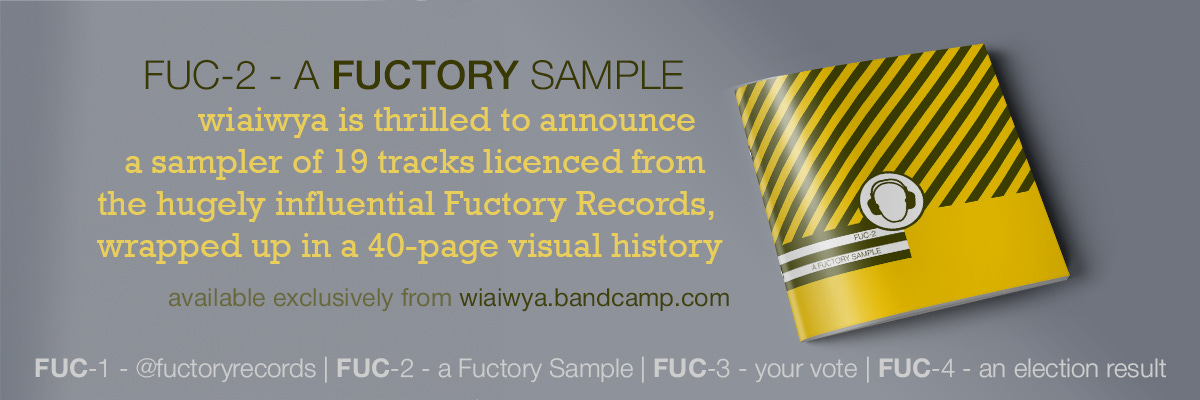

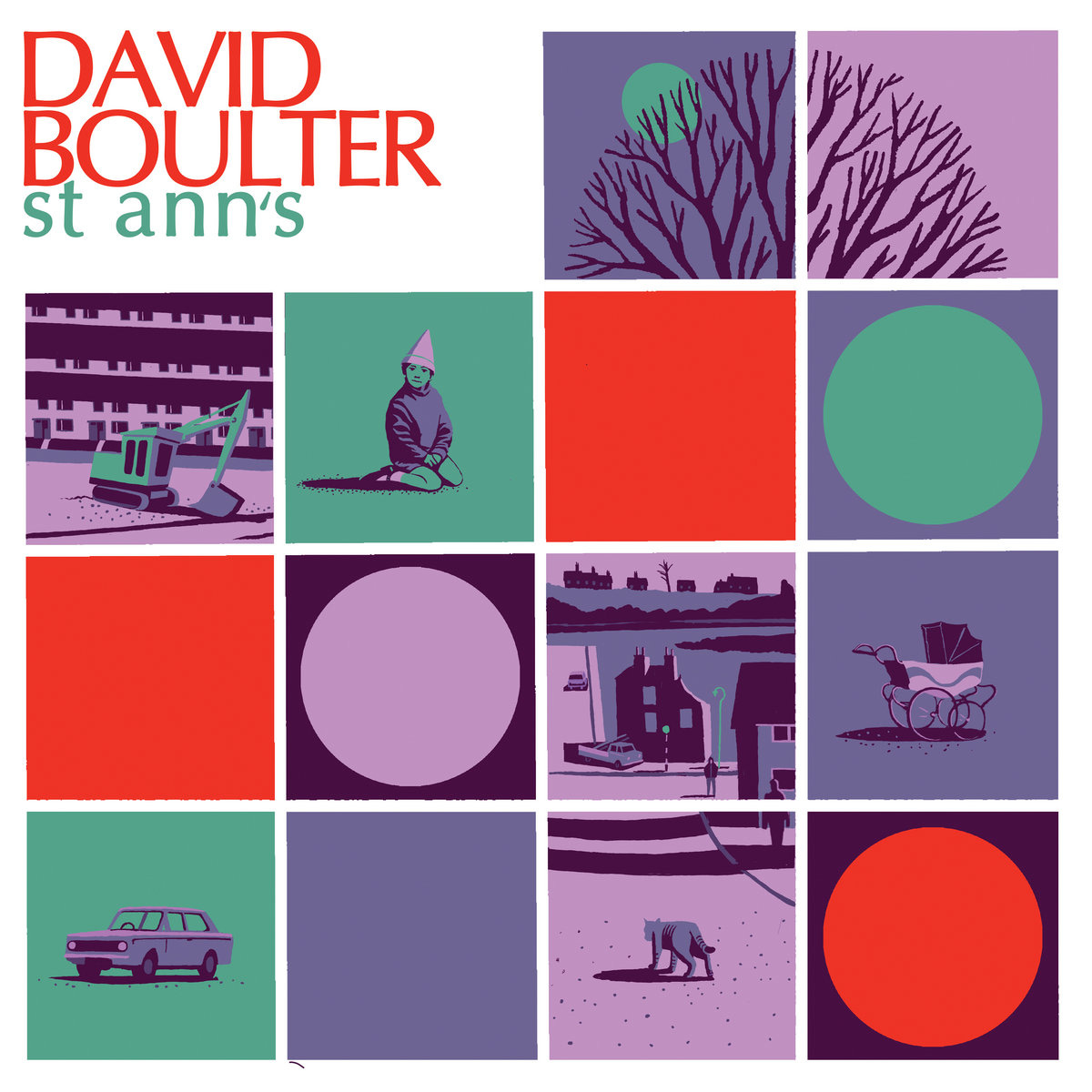

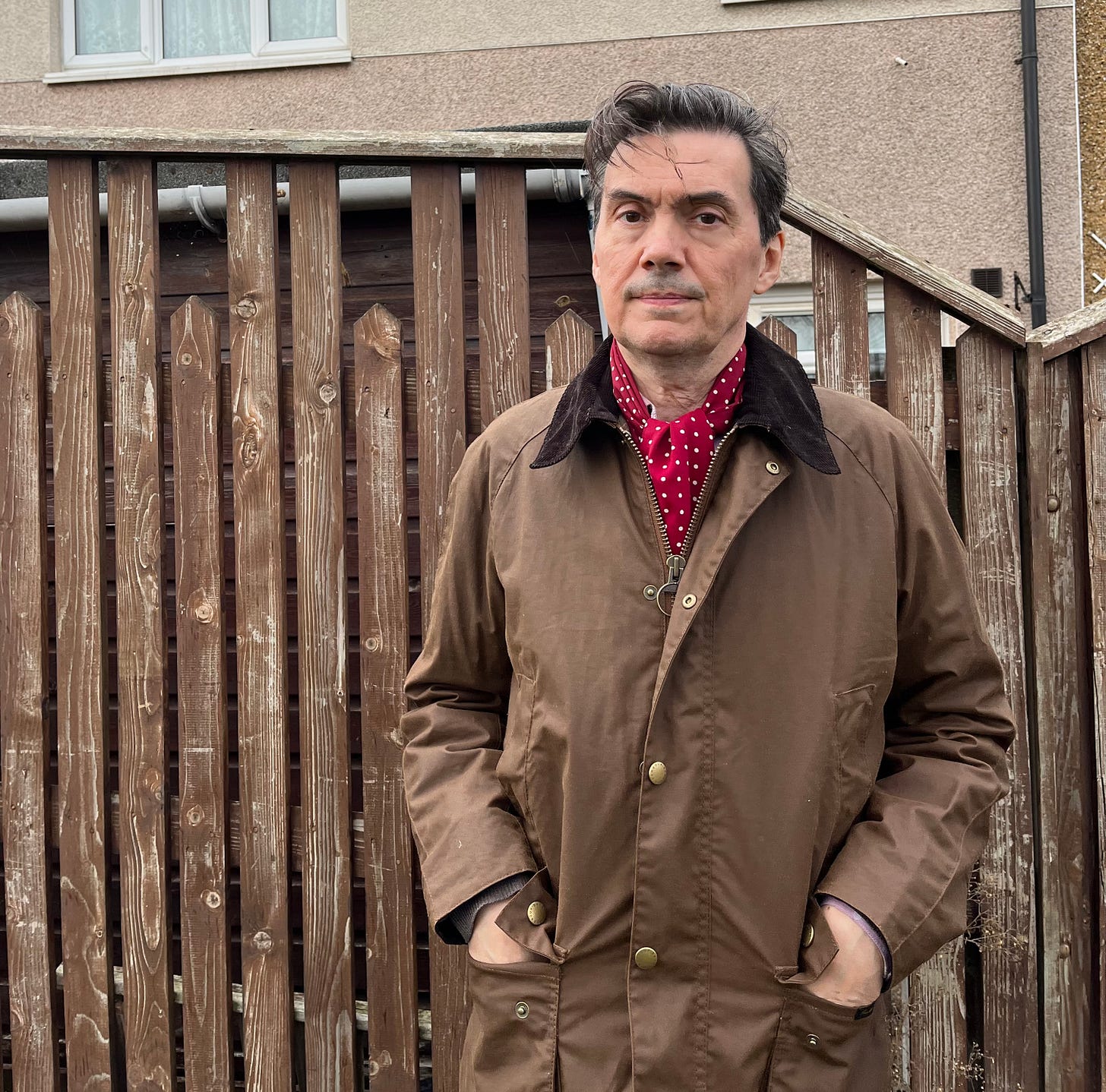
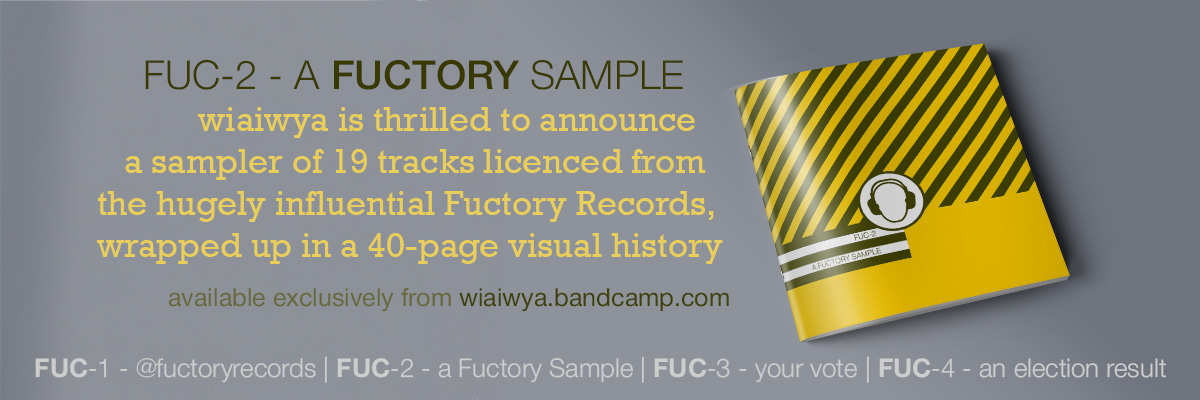
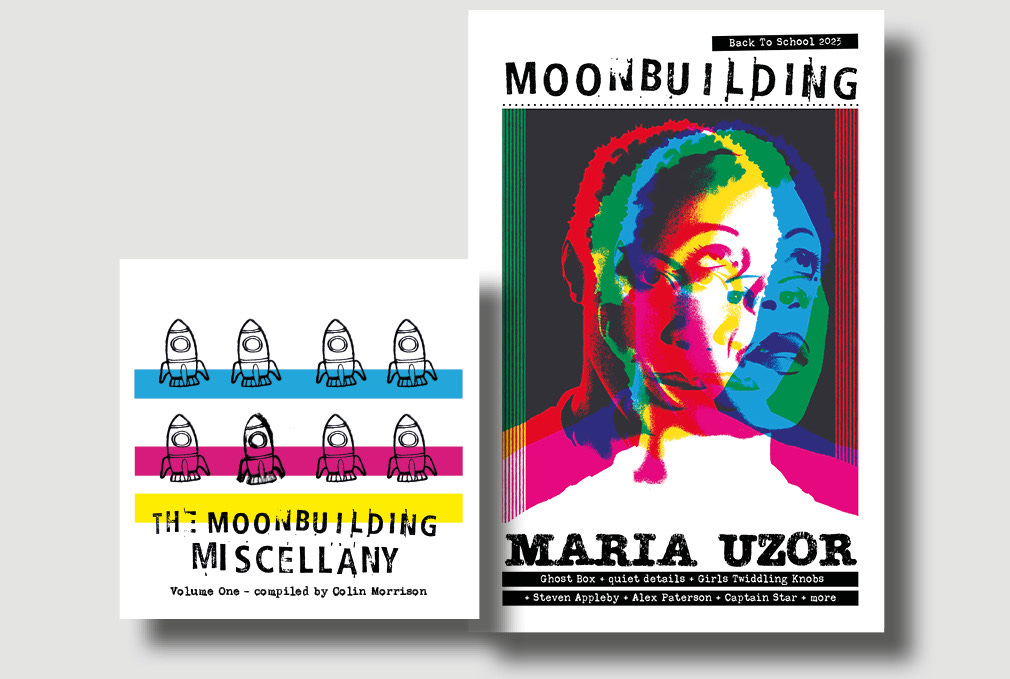
All this talk of housing estates here and in your issue featuring Warrington-Runcorn New Town Development Plan, has me thinking of Open Mike Eagle's great 2017 album Brick Body Kids Still Daydream. It was all about the Robert Taylor Homes public housing project in Chicago, and a wonderful slice of hip-hop.
Another great interview to go with an absolutely beautiful record, listened twice this morning already, the melancholy is achingly beautiful.